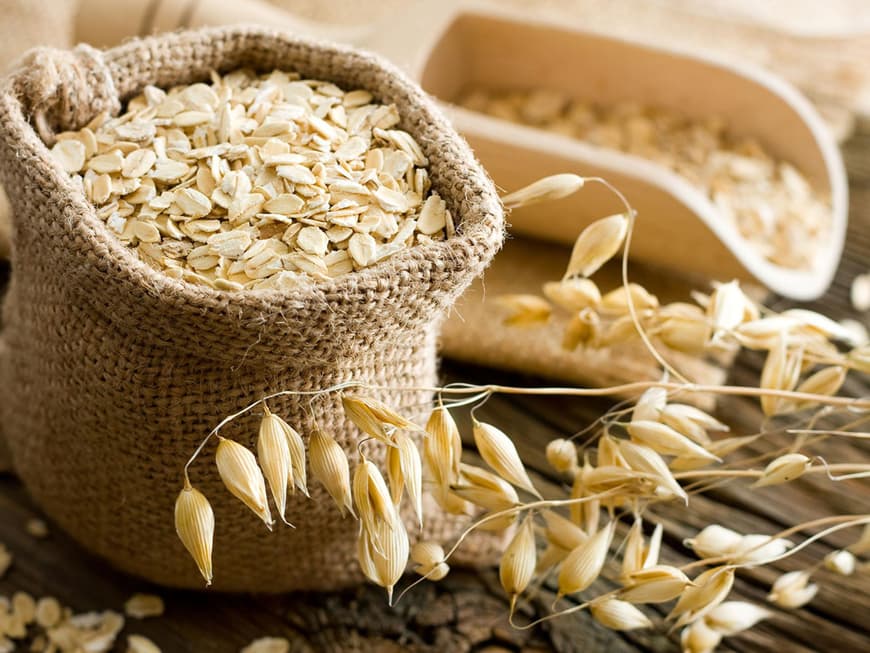
What does beta-glucan contain?
Beta-glucans are polysaccharides, also known as polysaccharides, which are found in cereals, yeast, mushrooms and algae. However, unlike starch, beta-glucans are indigestible, i.e. they cannot be broken down enzymatically by humans. This is why they are classified as vegetable fiber. Baker's yeast, oats and barley contain a particularly high amount of them. We can therefore absorb beta-glucans through our food, for example with a delicious wholemeal muesli for breakfast. Or, of course, in the form of food supplement capsules (pharmacy).
How does beta-glucan work?
After intensive research into beta-glucans, scientists have been able to report a number of extremely positive properties: The polysaccharides regulate blood sugar levels, improve the feeling of satiety and can thus prevent obesity. They also have a positive influence on intestinal health and high blood pressure, promote wound healing, lower blood cholesterol levels and activate the immune system.
Provide the body with sufficient beta-glucans
Four tablespoons or 40 grams of oat flakes, oat or barley bran or a mix of these cereals are ideal for providing the body with the required daily amount of three grams of beta-glucans.
Related articles and recipes:
Hot breakfast: 3 delicious variations with oatmeal
Healthy trend breakfast "Overnight oats"
Savory recipe: Yeast sticks with minced meat
Wheat intolerance: 5 alternatives for allergy sufferers
